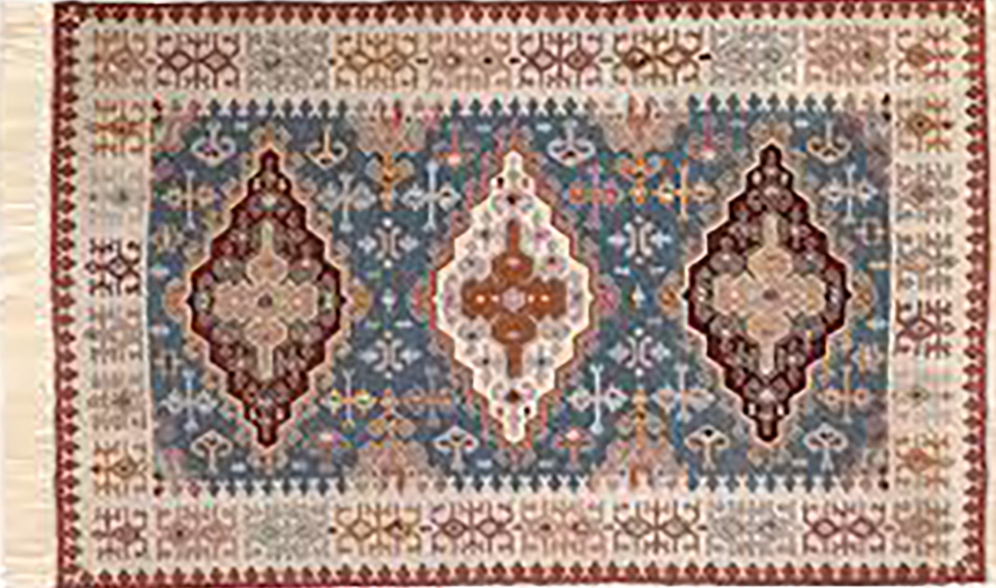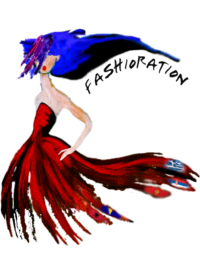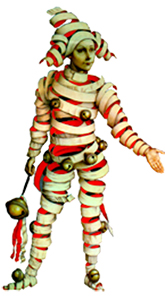By Edelhida Dervisevic, Bravo organization, Bosnia-Herzegovina
Bosnian rug, which is mostly of oriental origin and looks, represents an important cultural heritage for Bosniaks but also the rest of the nations in Bosnia and Herzegovina. They are decorated with colorful painted ornaments, which are connecting the impact of the Orient and Balkan-themed elements.
The historian Hamdija Kreševljaković (1888-1959) established that the phrase “ćilim” , rug, was brought in our region by the Ottomans. As people in Bosnia and Herzegovina wanted to save this heritage, as well as the process of making these rugs, in the year 1888. the first weave salon opened in Sarajevo, by the company Filip Has.
The ornaments on the Bosnian rug are usually giving the impression of how life looks like in our region. It was really important to give colors to the rug, but the industrialization had a negative effect at the home-made production of the rugs, so this type of manufacturing was slowly dying.
For the manufacture of a quality looking rug, one to two months are needed, with hard-work and good skills in weaving. Every rug has it’s own story, from the lady or the man who made it, to person(s) who owned it. The life of a rug, by the opinion of experts, could be around 300 years, with proper care.
By the time when the rugs became really popular, it wasn’t that common for every household to have one. In Sarajevo, only the sophisticated part of society, the rich ones, could have it. It was the same situation in other cities in Bosnia and Herzegovina. It was a privilege to have a Bosnian rug.
In the National Museum of Bosnia and Herzegovina , a collection hat has more than 100 Bosnian rugs with different patterns has been maintained. It is one of the rarest collections to exist in Bosnia and Herzegovina.
The Bosnian carpet usually has a red background and has colorful ornaments to distinguish it from other carpets. Of the many decorations on a Bosnian carpet, zigzag and straight, lines, rhombuses, triangles, motifs from flora and fauna are mainly used. They say that the most famous is the so-called bey rug that has been woven for months, sometimes even a couple years. When it was finished, it would be taken outside, towards the sun, and no rays were allowed to pass through it, which would prove the density of the weave and the quality.
Domestic sheep’s wool is used to make carpets, mostly plant ingridients are used for dyeing. Before, women made these rugs themselves, and they were often given as gifts and almost always used to cover floors of old houses. In the post-war era, loom weaving, as well of carpet weaving survived only in rare custodians of Bosnian heritage who explore the secret of the Bosnian carpet and in occasional artistic endeavors that sought to point out the need to preserve art of making it. As a craft spread all over the country and a precious objectre representing an expensive git of life’s milestones it has not been preserved. Working on one rug is laborius, time consuming and no one is willing to pay the real value of such a product anymore.




